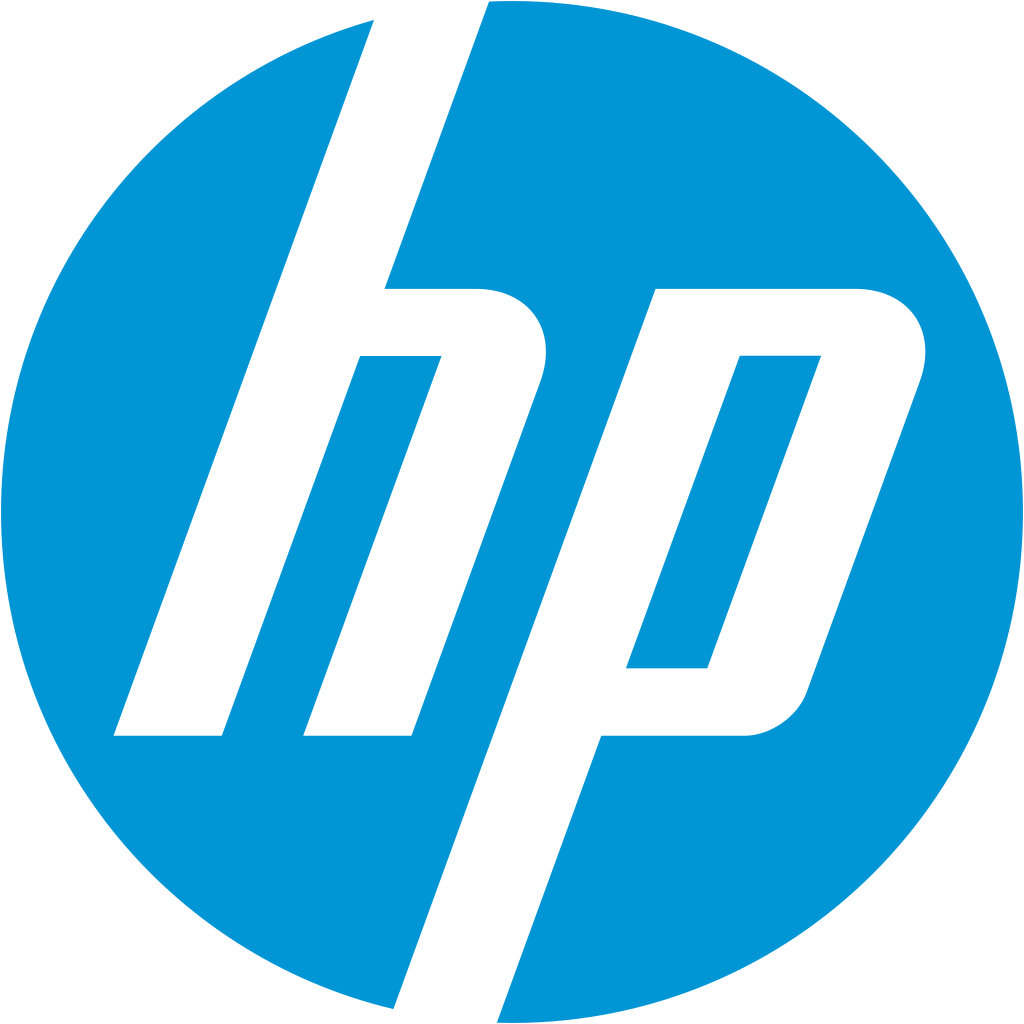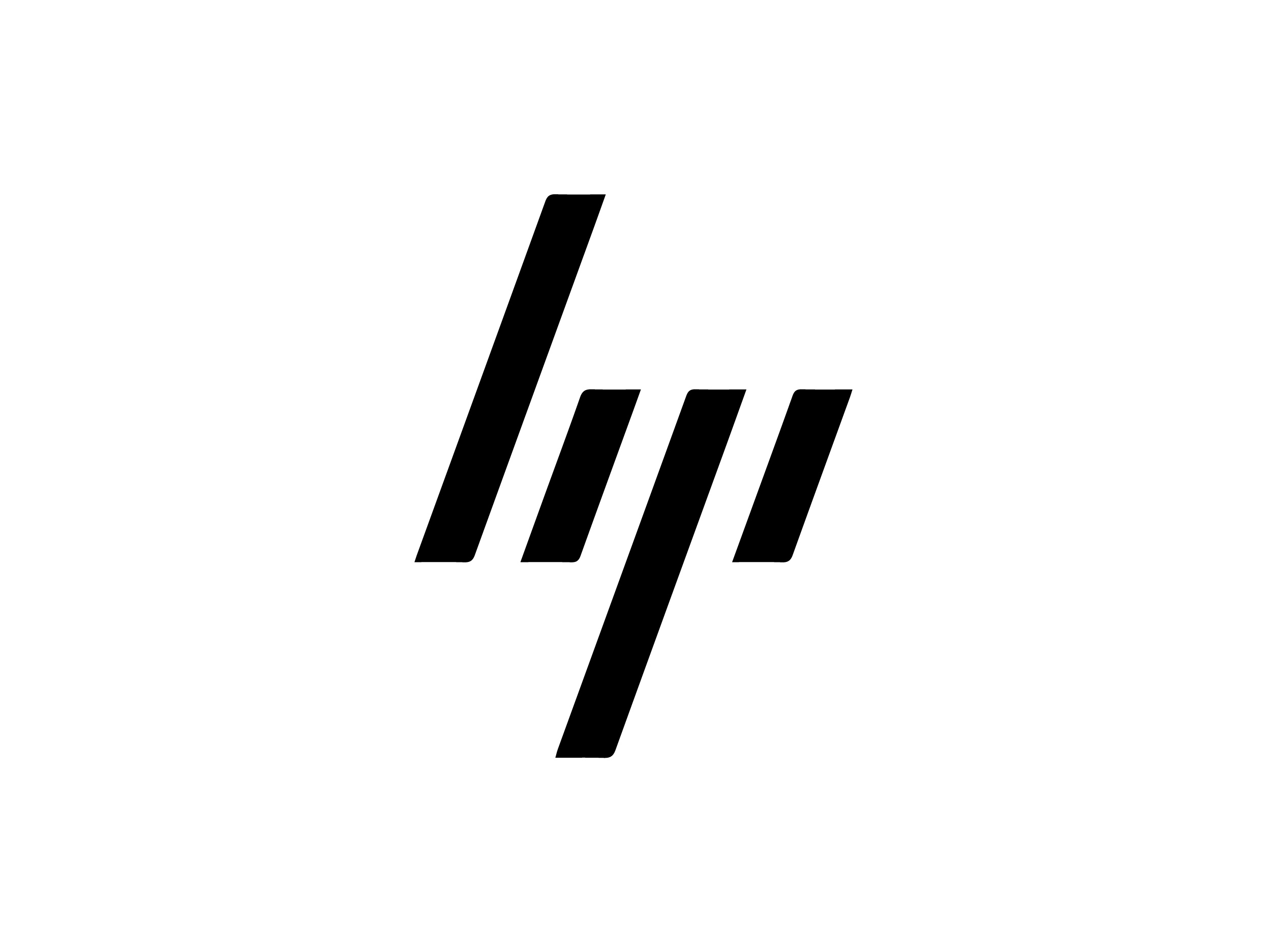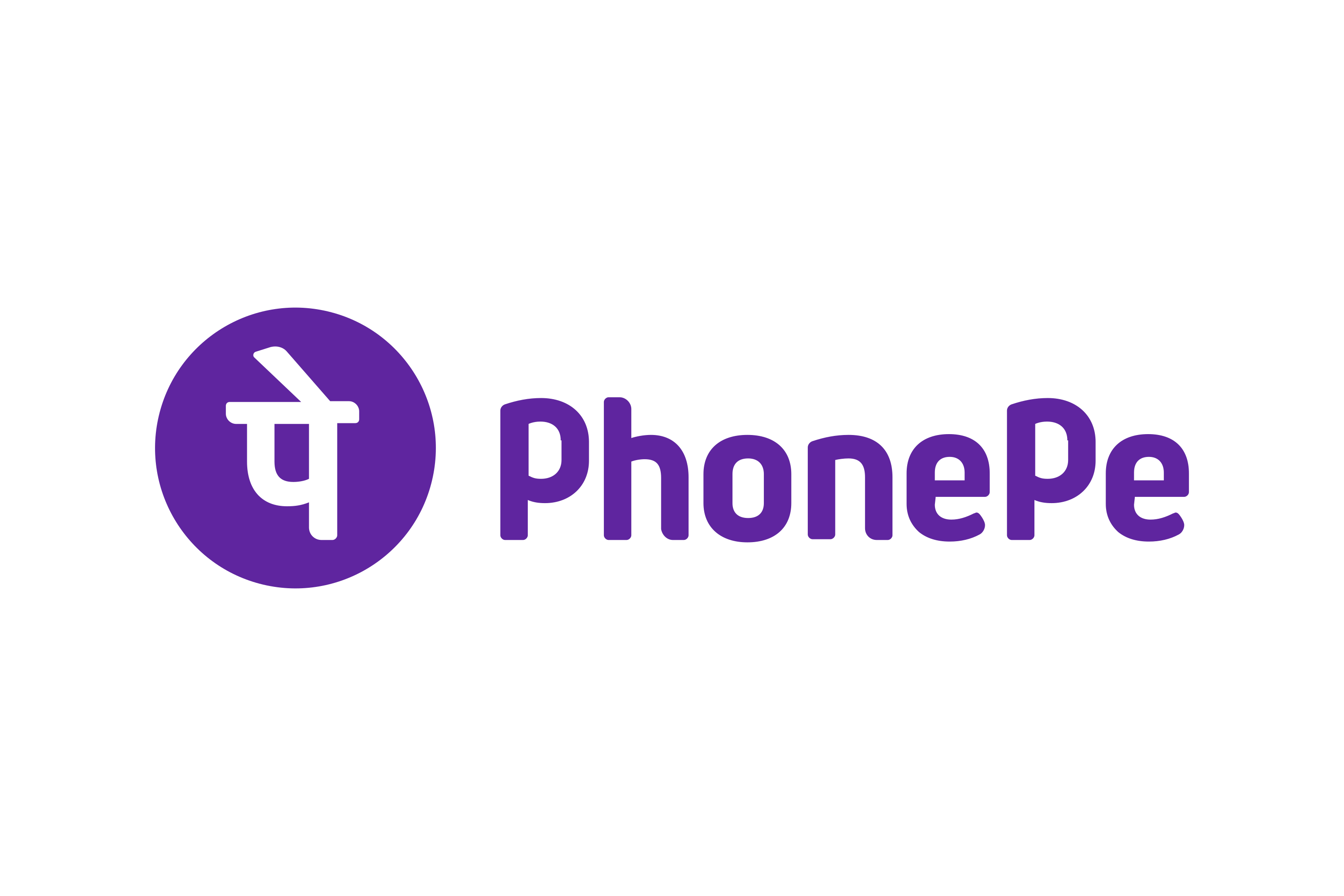Introduction
The Hewlett-Packard Company (HP) was an American global data innovation organization settled in Palo Alto, California. It created and gave a decent kind of equipment parts additionally as programming and related administrations to buyers, little and medium-sized organizations (SMBs), and colossal undertakings, remembering clients for the public authority, wellbeing, and instruction areas. The business model of Hp involves its business plan, revenue model, its competitors, SWOT Analysis and many more.

Hewlett-Packard is a large corporation with multiple product and service verticals in which it dabbles. Due to their differentiated nature of products, HP has to employ a highly variable business strategy to market all of them to their respective customers and market segments.
HP is an innovative brand and invests a significant sum in research and development each year to stay ahead of the competition in the PC market.
Business plan
HP has a mass market business model, with no significant differentiation between customers. HP has reacted to this by developing its item contributions for gamers, as this rewarding segment of purchasers update their units reasonably much of the time and spend critical amounts of cash on their PCs. Its customer segments are consumers, small and medium-sized businesses (SMBs), and large enterprises, including organizations in the education, health, and government sectors.
HP offers three primary value propositions: innovation, accessibility, and brand/status.
The company has a powerful brand. It was one of the first personal computer providers, so it is well-established. HP’s business model entails designing and developing its products and services. It utilizes outsourced manufacturers (OMs) for the production of its offerings in an effort to reduce costs and time-to-market; they are primarily located in Asia.
Revenue model
The revenue streams for the HP model reveals the major consolidations in the high value added services their client like warranty and claim services to retain customer values in essential and adequate manner. The revenue system specifically includes the credibility of the sale of asset, usage fee, advertising, and licensing and subscription fee associated in the business process of HP.
HP has three revenue streams:
Products – The company generates revenue from the sale of hardware and software products.
Services – The company generates revenue from maintenance and support contracts, as well as well as the sale of outsourcing services.
Licensing – The company generates revenue from the sale of perpetual software licenses.
Competitors
HP’s main competitors are
SWOT Analysis
Strengths
- Leadership position: HP is among the strongest PC brands which has successfully retained its leadership position in the market. A sizeable chunk of its revenue comes from notebooks and desktops. However, in the printer market too it has maintained its strong position. This has led to stronger financial performance. Its revenue has climbed steadily over the past three years having reached 58.5 Billion dollars in 2018.
- Product innovation: One important reason behind HP’s leadership position in the market is its consistent focus on research and innovation. It’s products are most popular because of their productivity and performance. The company invests a significant sum each year in research and innovation. In 2018, it invested around $1.4 Billion in R&D.
- Brand equity: Brand equity or how customers overall perceive a brand which includes its image and customer experience as well as the level of trust and loyalty it enjoys, is also an important strength of HP. Due to its focus on product quality as well as customer experience and brand image, the company is among the most trusted PC and laptop brands.
- Strong portfolio of computing products: HP offers a large range of laptops, desktops and related peripherals. The company has brought products to the market in varying price ranges. This has helped the brand tap into both the lower and higher end segments. From affordable to premium, it has brought models of laptops in all ranges. A large product portfolio is also a key strength of Hewlett Packard.
Weaknesses
- Declining PC market: The PC market has kept declining over the recent years. Rising sales of smartphones and mobile devices have led to reduced sales of PCs and laptops. After having declined for several years, the PC market is seeing stagnant growth. This is affecting the sales and revenue of leading PC brands like HP negatively.
- Growing operational costs : With time the operational costs of HP have also kept growing fast. In 2018, total costs & expenses of HP grew to $54.4 Billion from $48.5 Billion in 2017.
Opportunities
- Diversification : Diversification can help HP find faster growth and grow its sales and revenue. By entering new businesses and markets, the company can grow its sales and revenue as well as customer base globally.
- Marketing and customer engagement : The rise of new technologies like digital technology and AI has brought fresh opportunities for large and global brands like HP in terms of marketing and customer engagement. HP can use these opportunities for connecting with its users and to grow its customer connection stronger.
- Digital awareness: Technological awareness is increasing among people across the world. It has also increased the usage of smartphones, computers, and laptops. HP has an excellent opportunity to launch different products to target different segments of the market.
Threats
- Competition: The level of competition in the PC industry is high. There are several major rivals of HP in the market including Lenovo, Dell and Apple which are also intensely focused on innovation. Overall due to the high level of rivalry, the battle for market share is intense leading to higher costs of research and development as well as marketing.
- Regulatory pressures: Like the entire technology industry, the PC industry is also facing higher government control and regulatory pressure. Apart from the rising compliance related costs, the level of oversight is also making it difficult for businesses to find faster growth or to diversify. Regulatory pressures add to operating costs of HP and can have a negative impact on bottom line performance.
- Rising costs of raw materials and labor: The costs of labor and raw material have continued to grow rapidly leading to higher operational costs. This creates pressure on the profits and profit margins of brands like HP.
- Increasing costs: The material cost, labor cost, shipment cost, and various other operational costs are increasing. They make it difficult for the company to keep the retail price lower and compete in the market.
Conclusion
HP’s success as the world’s second-largest information and technology company can be attributed to its effective management and coordination teams. Management makes strategic decisions to keep the company competitive in a highly competitive world.




